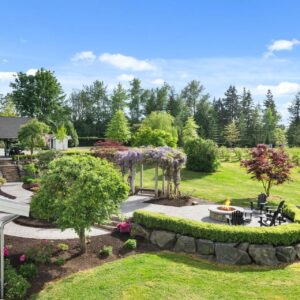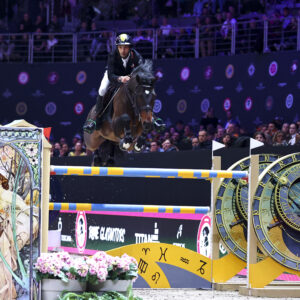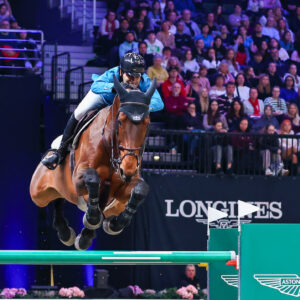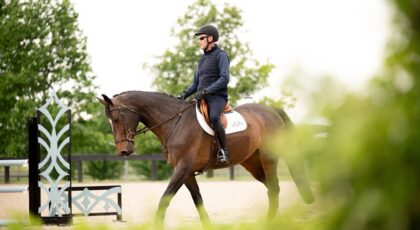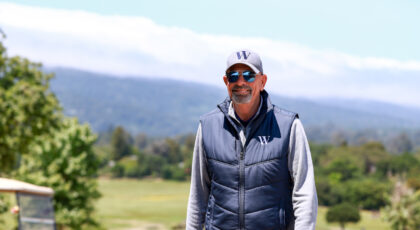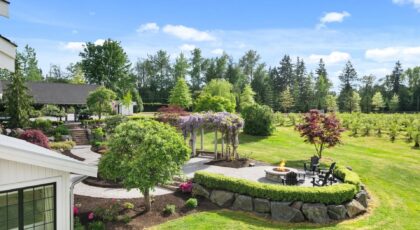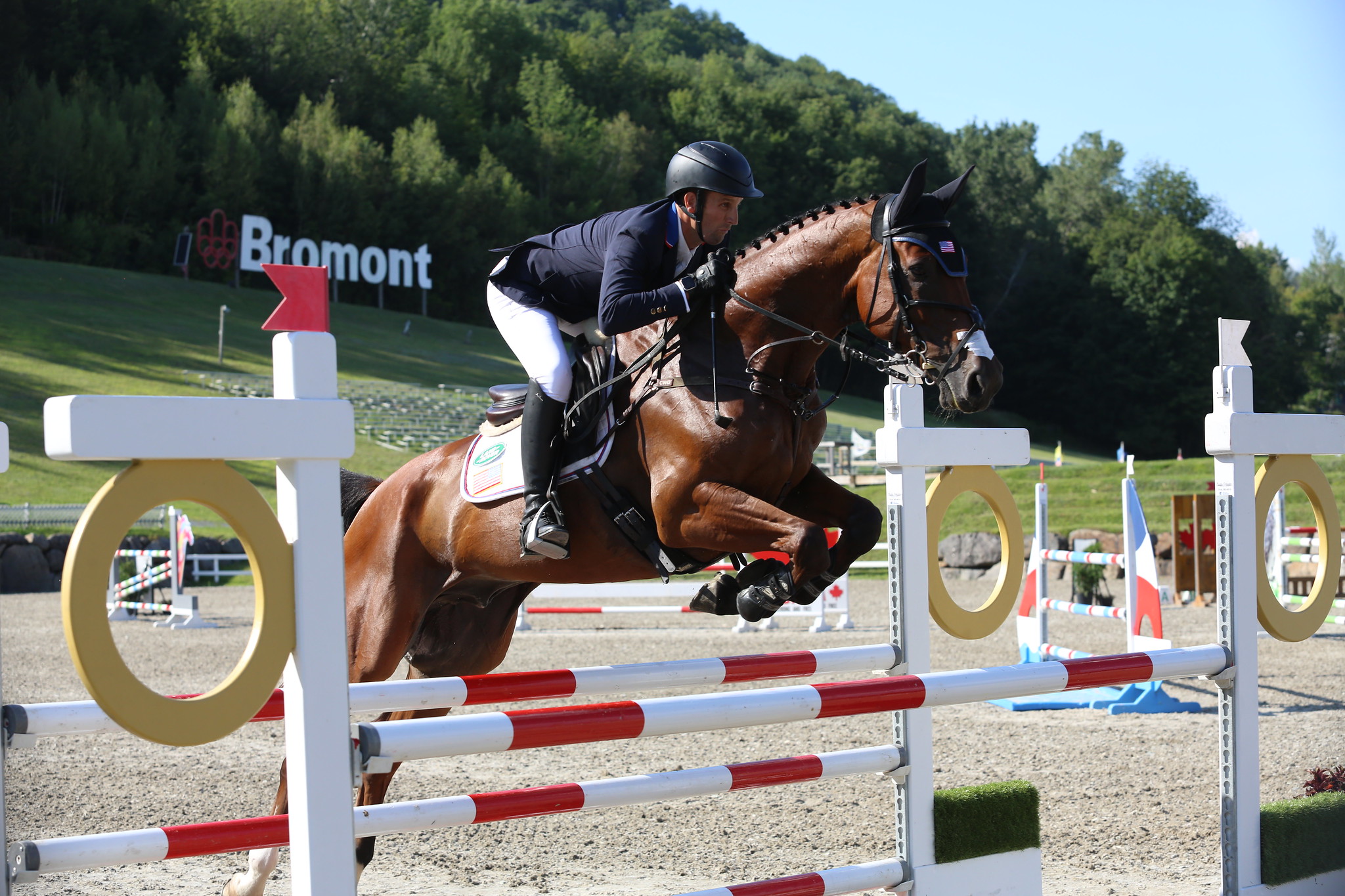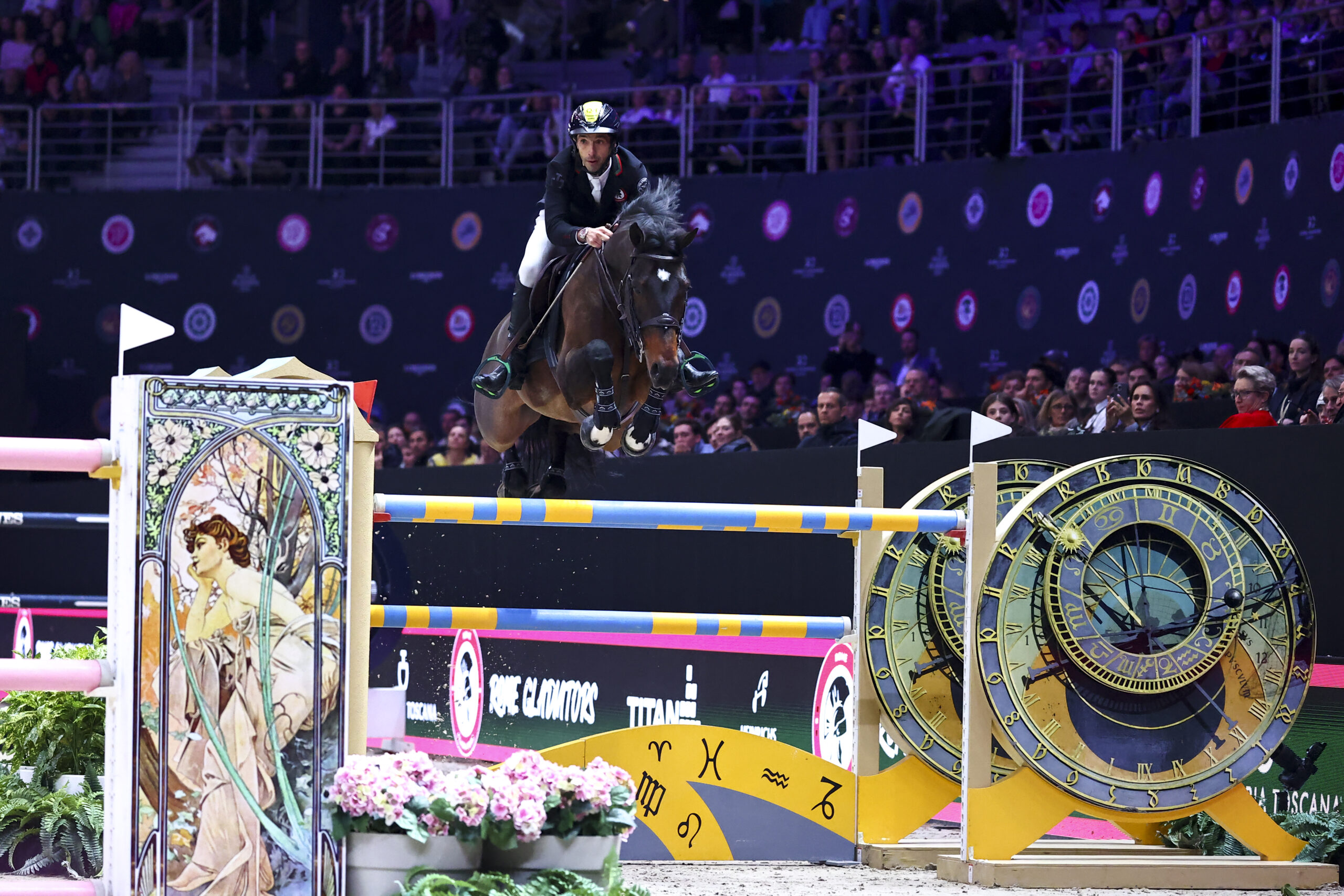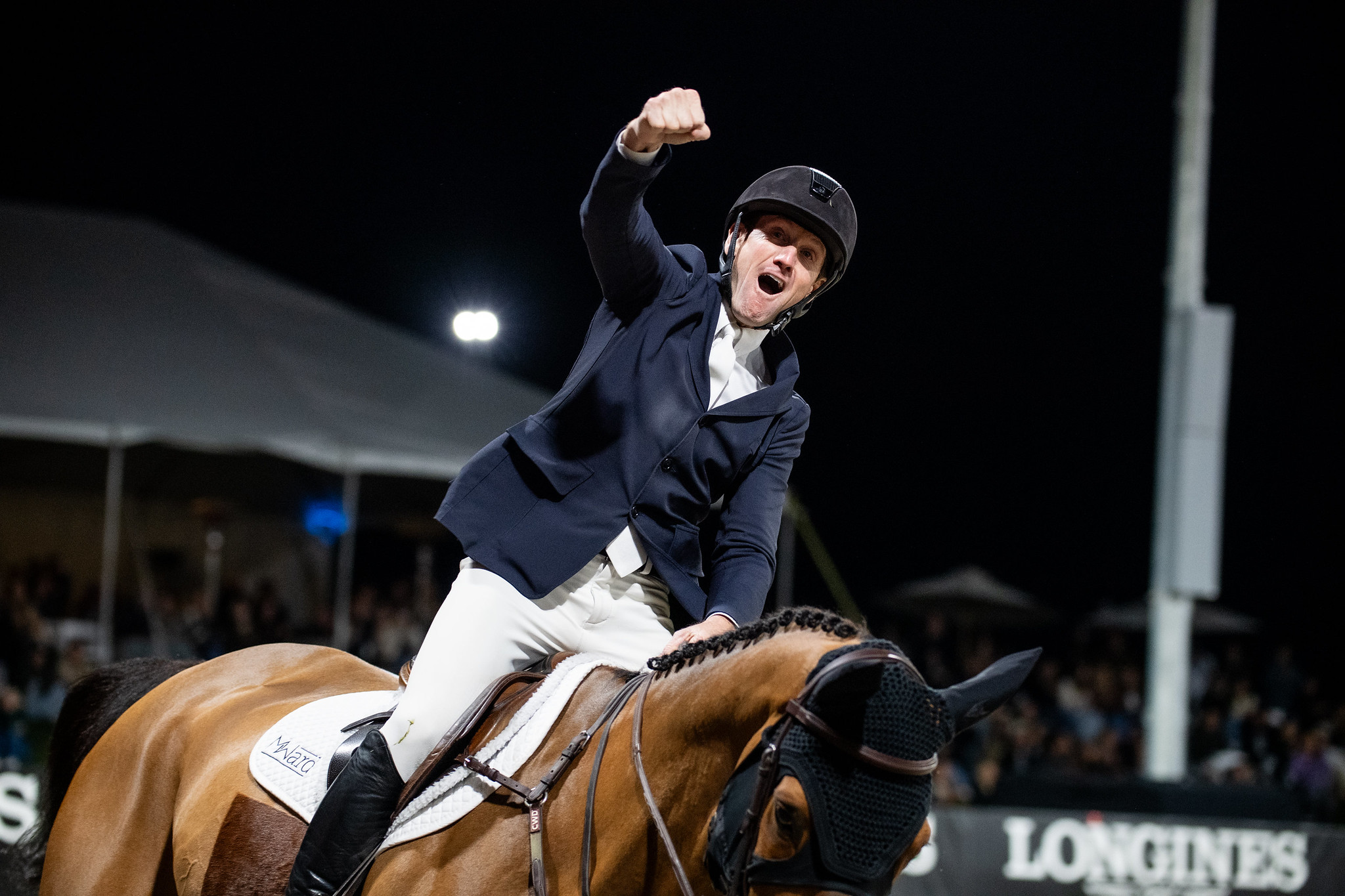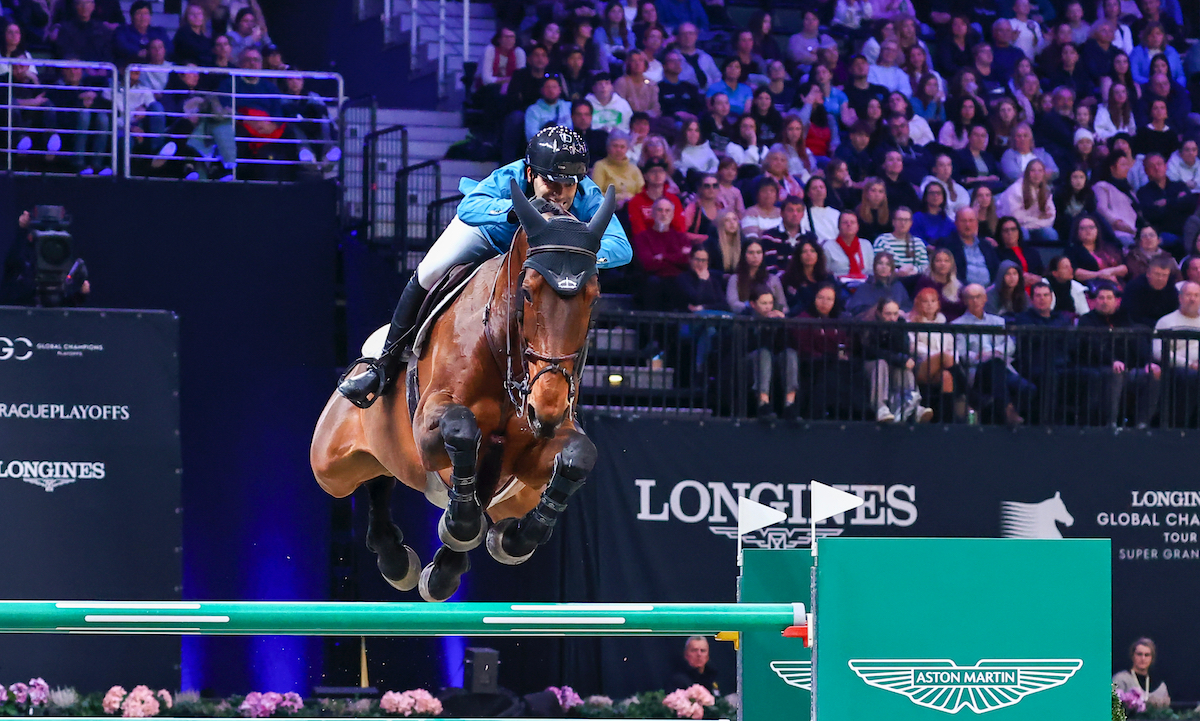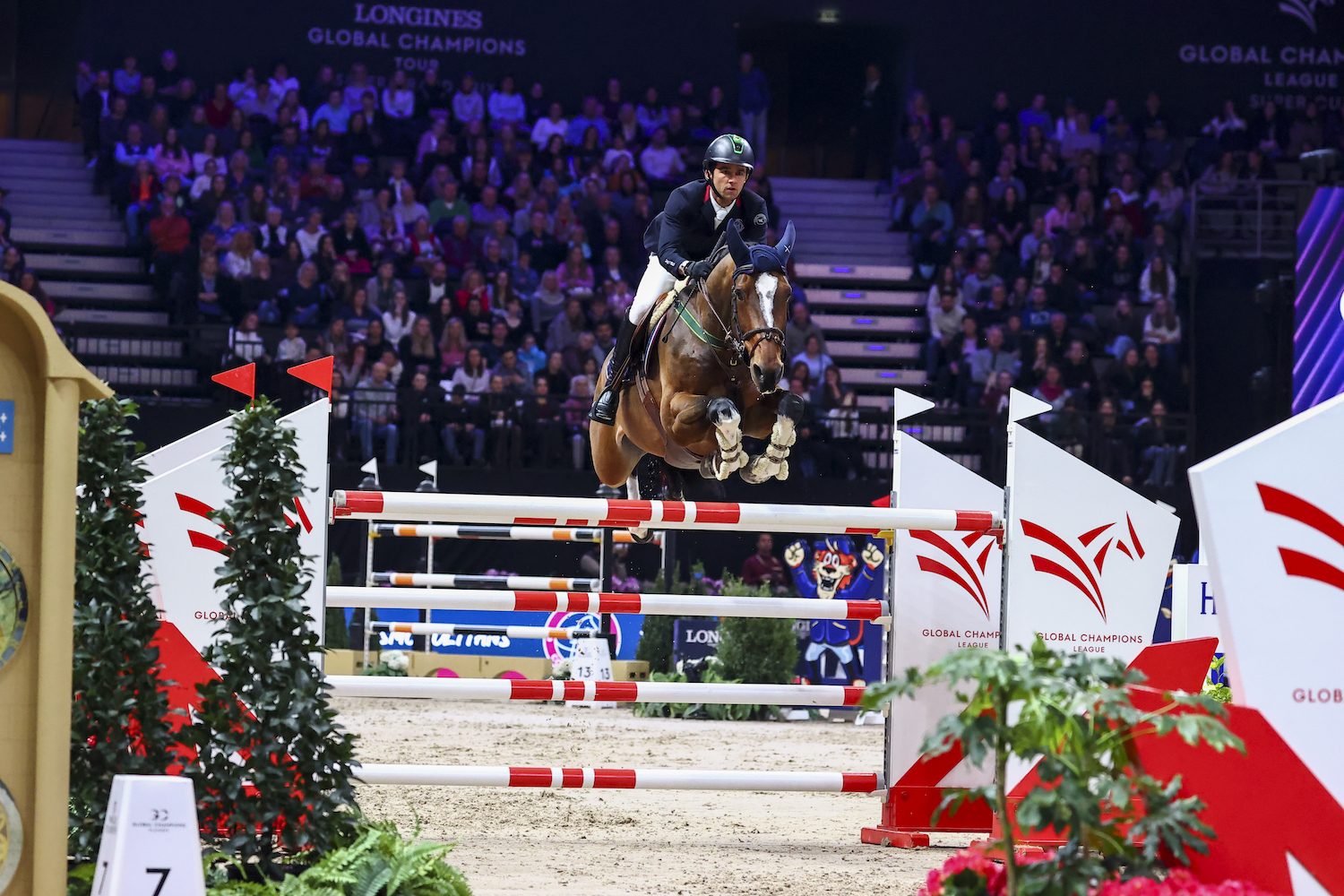Much of my life with horses has been defined by the dirt in my fingernails and the hay bits in my socks. It is a life punctuated by weather reports and looking for coming storms. Underneath it all too is footing, mud, sand, clay, turf, and grass.
For now, I have traded in my mountainside canters and cornfield ditch adventures for dressage lessons twice a week in an indoor arena with the occasional trail ride. Yet still my horse life, even in its smallness, is connected to the land around me.
This is true for all equestrians. From the horses on massive rangeland in New Mexico to those in the woods of Maine, they tie us to the land. Rainfall, crop yield, and extreme weather aren’t just abstractions on the News, but a hard reality that determines how we feed and care for the animals we love.
As a child growing up near the Rockies, I often rode with my grandmother past wild turkeys. I learned to pull feral alfalfa and feed it to the last of the suburban horses before the land they lived on was sold to developers.
As a college student on a horse farm in Northern Colorado, I had to watch for black widows in the hay barn and underneath the automatic waters. My favorite thing was using the sagebrush as practice cones in the back field. The horse of the day and I would serpentine in and out in a pattern I would make up on the fly.
Now living in the Midwest, I have learned the true meaning of rain. Drainage, I now know is a gift sent from some benevolent higher power that, me, a westerner, is now only slowly grasping. I am learning the true meaning of a damp cold and the joy of wool.
Yet here, there is magic on horseback too. The Maple and Mulberry trees shading the farms and the multiple cuttings of hay leave me staggering with amazement.
The barn I ride at now is surrounded by white or beige suburban homes. Where was once agricultural land lies subdivisions and strip malls. This same thing applies to the places of my childhood too. Pasture after pasture has turned into concrete.
According to the Equine Land Conservation Resource, the United States will not have enough land to support the current equine industry in as little as 15 years. This, of course, isn’t just the land the horses live on, but hayfields, trails, and other equine-related spaces. Americans have also lost 31 million acres of farmland between 1992 and 2012.
Yet we can do something. One of the most effective ways to do this is by being proactive. Often our equine spaces can be set aside under trusts, easements, and other conservation efforts. Horse owners can work with their zoning committees to maintain horse- and conservation-friendly areas. We can also educate the public on many of the economic, ecologic and community benefits of keeping horses and horse land in places that are not as rural as they once were.
While I love my lessons in an indoor arena, I recharge by walking in wild places. I ache when I think of the fact that fewer and fewer of the next generation will get to know what it’s like to ride in the woods, feel the quiet of a space without traffic or feel the delicious exhaustion of a long day spent outside. If we want to keep what horse spaces we have left, we are going to have to fight for it.
Gretchen Lida is an essayist and an equestrian. Her work has appeared in The Washington Post, The Rumpus, the Los Angeles Review of Books, and many others. She is also a contributing writer to Book Riot, Horse Network and the Washington Independent Review of Booksand currently working on her first book. She Lives in Chicago, and is still a Colorado native. Find her on Twitter at @GC_Lida.


 July 9, 2019
July 9, 2019 






